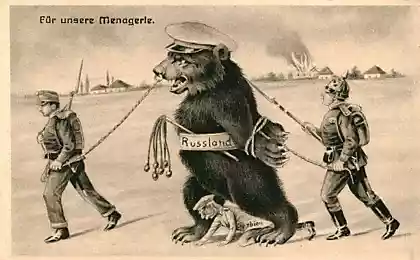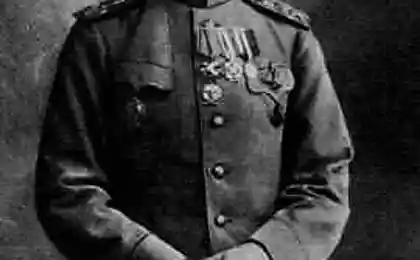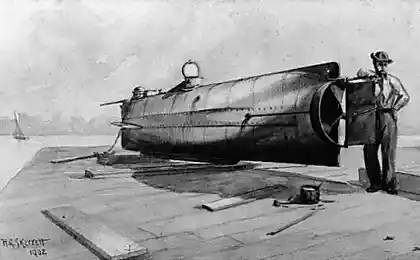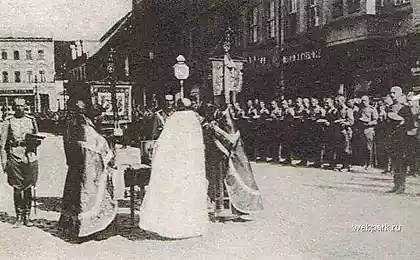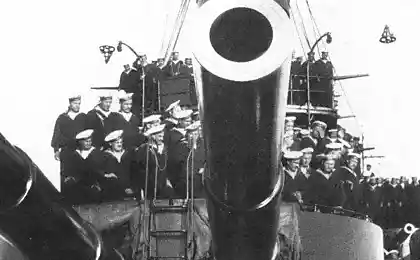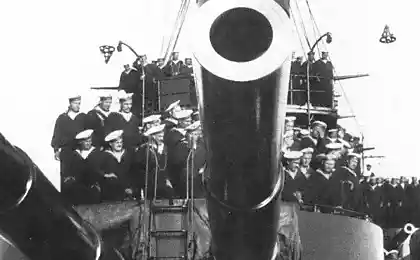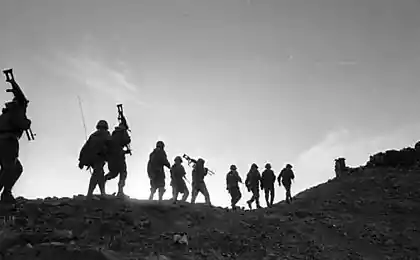578
Russian archaeologists first explored the battlefield during the First world war
Scientists have found tangible evidence of the battle in Causeni, which was distinguished by the Baron P. N. Wrangell, the future leader of the White movement.
Sambisa expedition of the Institute of archaeology RAS for the first time in Russian historiography at the beginning of the study objects since the First world war archaeologists discovered the site of the battle near the village Kausen (modern Mesopotamia of the Gusev district of the Kaliningrad region). This was reported in the article by A. N. Khokhlova, published on the website of the organization.
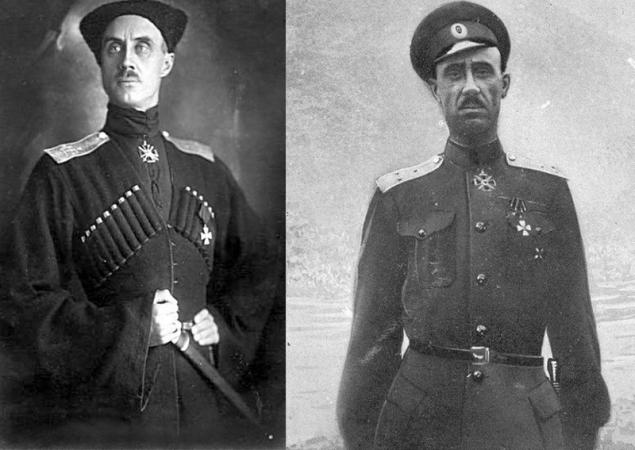
The fight in Causeni between the Russian parts and units of the German army occurred on 19 August 1914. "Height 50" – the dominant hills to the North of Causeni was located the German battery. She pinned down the advance of the Russian army. The Germans shot on the field before the height of two squadrons. The situation was reversed after the approach of the Russian guards of the battery. Russian artillery subjected the German heavy battery fire, which the servants of the guns was forced to go into hiding. This was used by captain Baron Pyotr Nikolayevich Wrangel, the future leader of the White movement during the Civil war.
According to eyewitnesses, the Germans managed to make a volley at the attacking cavalry unit in the Russian guards. Wrangel sent his squadron on a tangent, using the features of the local landscape for short breaks. With significant losses, the guards broke through to the enemy positions and engaged in hand to hand combat. It ended in victory, as booty was captured two guns and caissons of the battery.
During this battle the Baron was awarded the order of St. George. Wrangell became the first George knight of the officers during the First world war. In the view of the captain for the award, said: "Rapidly made a cavalry attack and despite heavy losses, captured two guns, and the last shot of one of the guns under it was killed by a horse"
Archaeologists found on the slopes "height 50" numerous material evidence of the battle: dozens of lead shrapnel bullets, fragments of shrapnel of the glasses, the end walls of the shells, and numerous fragments of high explosive shells, rifle bullets and rifle cartridges. Set and nature of the residue ammunition opened during research, fully conform to the descriptions memoirs of the battle.
The researchers plan to continue the study in other parts Gumennikova battles North and South of the modern town of Gusev. In particular, the high expectations they have in place where the bridge over the river alle, the city of Ellenburg. Here the company of the Ufa infantry regiment during the day, resisted the offensive of three German battalions.
Source: Khokhlov An. The beginning of the archaeological study of the objects of the First world war on the territory of modern Russia // the Website of the Institute of archaeology.
Source: nkj.ru
Sambisa expedition of the Institute of archaeology RAS for the first time in Russian historiography at the beginning of the study objects since the First world war archaeologists discovered the site of the battle near the village Kausen (modern Mesopotamia of the Gusev district of the Kaliningrad region). This was reported in the article by A. N. Khokhlova, published on the website of the organization.

The fight in Causeni between the Russian parts and units of the German army occurred on 19 August 1914. "Height 50" – the dominant hills to the North of Causeni was located the German battery. She pinned down the advance of the Russian army. The Germans shot on the field before the height of two squadrons. The situation was reversed after the approach of the Russian guards of the battery. Russian artillery subjected the German heavy battery fire, which the servants of the guns was forced to go into hiding. This was used by captain Baron Pyotr Nikolayevich Wrangel, the future leader of the White movement during the Civil war.
According to eyewitnesses, the Germans managed to make a volley at the attacking cavalry unit in the Russian guards. Wrangel sent his squadron on a tangent, using the features of the local landscape for short breaks. With significant losses, the guards broke through to the enemy positions and engaged in hand to hand combat. It ended in victory, as booty was captured two guns and caissons of the battery.
During this battle the Baron was awarded the order of St. George. Wrangell became the first George knight of the officers during the First world war. In the view of the captain for the award, said: "Rapidly made a cavalry attack and despite heavy losses, captured two guns, and the last shot of one of the guns under it was killed by a horse"
Archaeologists found on the slopes "height 50" numerous material evidence of the battle: dozens of lead shrapnel bullets, fragments of shrapnel of the glasses, the end walls of the shells, and numerous fragments of high explosive shells, rifle bullets and rifle cartridges. Set and nature of the residue ammunition opened during research, fully conform to the descriptions memoirs of the battle.
The researchers plan to continue the study in other parts Gumennikova battles North and South of the modern town of Gusev. In particular, the high expectations they have in place where the bridge over the river alle, the city of Ellenburg. Here the company of the Ufa infantry regiment during the day, resisted the offensive of three German battalions.
Source: Khokhlov An. The beginning of the archaeological study of the objects of the First world war on the territory of modern Russia // the Website of the Institute of archaeology.
Source: nkj.ru





